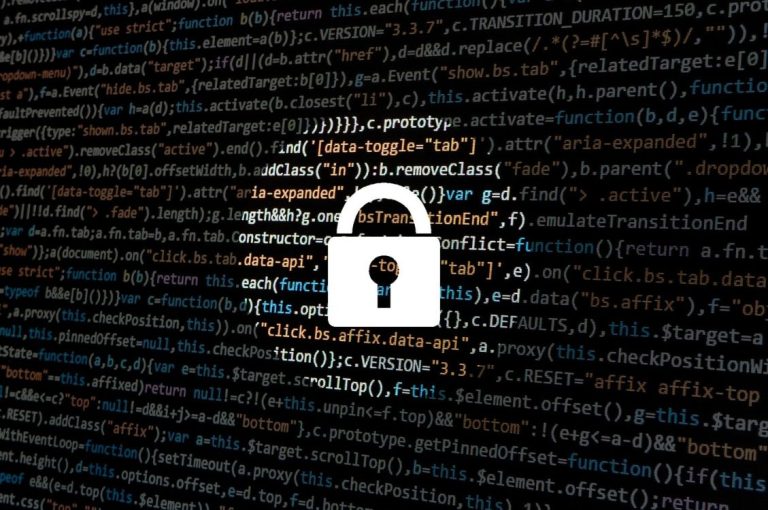The digital age has transformed the way people live and work, and brought with it a host of innovations and conveniences for everyday life.However, as technology evolves, it has also rapidly advanced the sophistication of digital security threats and the frequency of cyber attacks targeting businesses.
According to a Check Point Research survey, the number of cyberattacks worldwide increased in the second quarter of 2024.There were 1,636 hacking attacks per week, an increase of 30% compared to the same period in 2023.
Considering the alarming scenario and aiming to support companies in identifying the main cyber threats of today, Denis Riviello, head of cybersecurity at CG Onea technology company focused on information security, network protection and integrated risk management, it listed the five most common attacks and explains how organizations should act to prevent them.
1. Phishing
Phishing remains at the top of the most common and dangerous forms of cyberattack.The method involves sending fraudulent messages that disguise themselves as legitimate communications, usually via email, to trick the recipient into revealing sensitive information such as passwords and bank details.
According to the CG One expert, it is important to be suspicious of suspicious links and attachments, as well as unsolicited messages, especially if they are from unknown contacts.“Today, phishings are increasingly elaborate and well done.Very good proposals or requests on behalf of legitimate bodies can be a strategy to attract victims to fake websites where sensitive company data can be stolen”, he warns.
2. Malware
Malware, or malicious software, is a broad category that includes viruses and other forms of software designed to cause damage to systems, steal data, or compromise the security of organizations.With the sophistication of threats throughout technological advancement, it has become more difficult to detect and neutralize attacks without multifactor investment in cybersecurity.
For Riviello, it is essential to take preventive measures periodically, including installing antivirus and performing backups regularly.“Tools such as firewalls, antivirus, extensions, among other solutions, act as a fundamental barrier to prevent the infection of companies' systems by malware and other types of” cyber attacks, says the executive.
3. Ransomware
Ransomware is a specific type of malware that encrypts company files and commonly demands a ransom to unlock them. Attacks of this type can have devastating consequences for companies, paralyzing business operations and causing major financial losses.In recent times, the popularity of the method has increased, with cybercriminals improving their techniques to maximize the impact and increase the chances of getting paid.
For businesses to be protected from a ransomware attack, it is essential to take a multi-faceted approach, which includes implementing robust backup systems and rigorously applying security updates. “In addition, network segmentation and the use of advanced threat detection and response solutions can significantly mitigate risk and limit the impact of a potential” attack, advises the CG One expert.
4. Deep Fakes
Deep fakes are a digital manipulation technique that uses artificial intelligence to create videos, audios and falsified images that look extremely real. The technology is able to replace a person's face in images, modify the voice to imitate someone or even create entire videos of events that never happened. These manipulated contents have often been used to deceive people, spread disinformation and carry out financial fraud in companies around the world.
The expert is categorical about the need for a solid security policy to ensure the protection of organizations against such a sophisticated modality of cyber attack. “A education and employee awareness are crucial points.It is essential that everyone in the organization knows how to recognize signs of possible deep fakes and know how to react appropriately. Only the combination of technology and human awareness ensures an effective defense against the increasingly sophisticated threats of deep fakes”, he explains.
5. Social Engineering
Social engineering is a manipulation technique that exploits human errors to obtain private information, access or financial advantages from actions that compromise the security of the company. By exploiting the trust, fear or urgency of unsuspecting users, attackers can induce victims to provide sensitive data or conduct fraudulent transactions without any mistrust. This approach is not based only on technology, but mainly on an in-depth understanding of human behavior.
Investing in the awareness of leaders and employees through security training and workshops is the main tool to prevent scams and attacks that use social engineering. However, Riviello points out two practices that can be applied to the daily lives of employees spontaneously: “no way provide personal or corporate information to unexpected requests, even if they seem legitimate. Always confirm the identity of those who are requesting the data, especially if the request is urgent or out of the ordinary”, concludes the cybersecurity expert.











